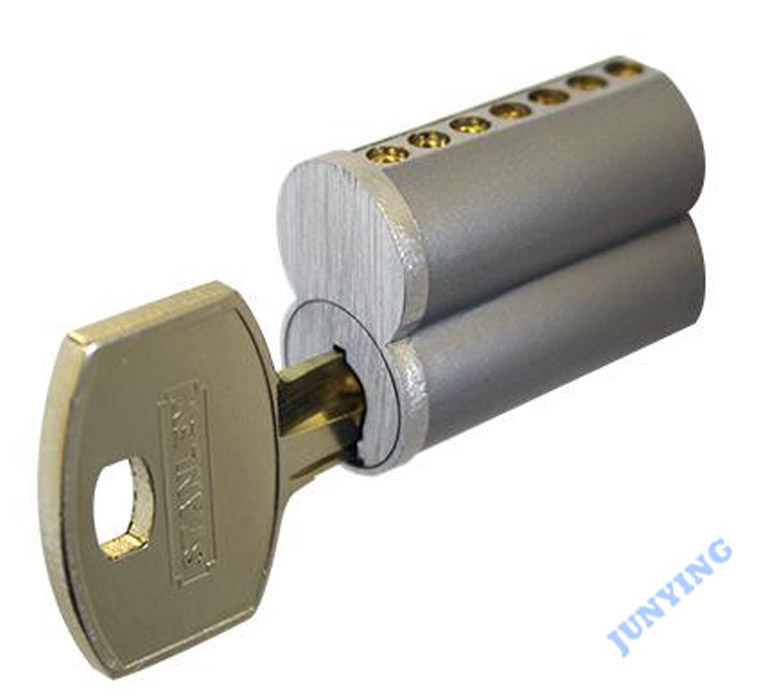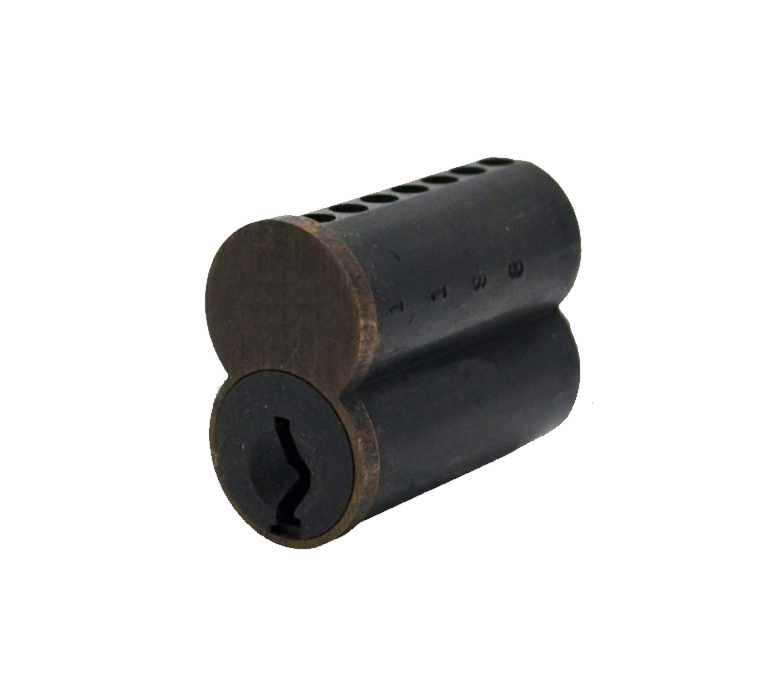Let’s learn about lock sets. They are made up of many parts that work together to keep doors safe and protect your home. These parts include knobs, deadbolts, strike plates, and latch bolts. Each part is very important for your safety. Knowing these parts helps you make good choices when you pick or take care of your locks. Let’s start our journey to learn about What are the parts of o Lock Set. This will help us understand how they work to make our homes safer.

Key Components of a Lock Set
Lock sets are our silent protectors. They keep our homes and belongings safe. Let’s take a closer look at these security devices and their key parts.
Cylinder
The cylinder is the heart of a lock set. It’s a tube-like part where all the action happens. Inside this part, there are pins and springs. They wait for the right key.
Line up the pins along the shear line by inserting the correct key into the cylinder. By doing this, the key will turn, opening the door and granting you in.
Deadbolt
The deadbolt is the main part that keeps the door secure. It goes deep into the door frame to stop anyone from getting in.
Deadbolts come in two varieties. Single-cylinder deadbolts feature a thumbturn lock on one side and a key lock on the other. A key is necessary for both sides of double-cylinder deadbolts. Although this increases their security, they may be more difficult to escape in an emergency.
Latchbolt
The latchbolt is a part that goes from the lock into the door frame. It keeps the door closed when you shut it, stopping anyone from getting in.
When you close the door, the latchbolt connects with the strike plate. This makes a strong barrier against anyone trying to get in. But if you turn the knob or lever, the latchbolt moves back, letting you in.
Strike Plate
The strike plate is a strong defender. It’s fixed on the door frame opposite the latchbolt. It gives a strong base for the lock to work.
The strike plate acts as a shield for the door frame. It spreads out the force on the door, stopping anyone from forcing their way in. It makes the lock set stronger, giving you peace of mind.
Keyway
The keyway is the part that decides what shape the keyhole in the cylinder is. It decides which keys can unlock the door.
There are two types of keyways. Standard keyways are common and easy to copy. Restricted keyways are special. They only let in people with the right permission. This stops anyone from copying the key without permission.
Faceplate
Finally, we have the faceplate. This is a flat metal plate on the edge of the door. It has a practical use and also makes the lock look good.
The faceplate gives the door extra strength. It makes sure the lock parts work smoothly. It also covers the inside parts of the lock, stopping anyone from messing with it.
Mechanisms within a Lock Set

Lock sets are our silent protectors. They keep our homes and belongings safe. Let’s take a closer look at these security devices and their key parts.
Pin Tumbler Mechanism
The pin tumbler mechanism is the main part of most modern locks. It works on a simple but effective idea. It uses a series of pins and springs inside the lock’s cylinder.
Inside the cylinder, there are pins of different lengths stacked on top of each other. Tiny springs hold these pins in place. This creates a barrier between the plug and the housing. When you put the right key in, it lines up the pins along the shear line. This lets the plug turn and unlocks the door.
Cam Mechanism
The cam mechanism is the link between the inside parts of the lock and the outside world. It’s a simple but important part that helps the lock work smoothly.
When the key lines up the pins and turns the plug, the cam mechanism starts to work. It changes the turning motion of the plug into a straight-line motion. It connects with the latchbolt and pulls it back from the strike plate. This lets the door open.
Rekeying Mechanism
You can swap out a lock’s key without needing to replace the entire set thanks to the rekeying mechanism. This feature comes in handy when trying to increase the lock’s security or if your keys get stolen or lost.
Rekeying a lock involves disassembling the lock cylinder and substituting the springs and pins with a fresh set that corresponds to an alternative key. This renders the old key inoperative and restricts the lock opening to the new key alone. A locksmith or do-it-yourself enthusiast with the necessary equipment and knowledge can complete a relatively simple task.
These workings make it easier for us to comprehend how a lock’s components interact to protect our houses and possessions.
Final words
In the end, understanding lock sets is essential for keeping your home safe. When you know about the parts like knobs, deadbolts, and strike plates, you can make your doors safer. Always remember, that a good lock set is the first step to a safe home. So, whether you’re improving your current locks or putting in new ones, ensure you understand the parts. This knowledge will help you feel confident about home security. It will give you and your loved ones peace of mind.
